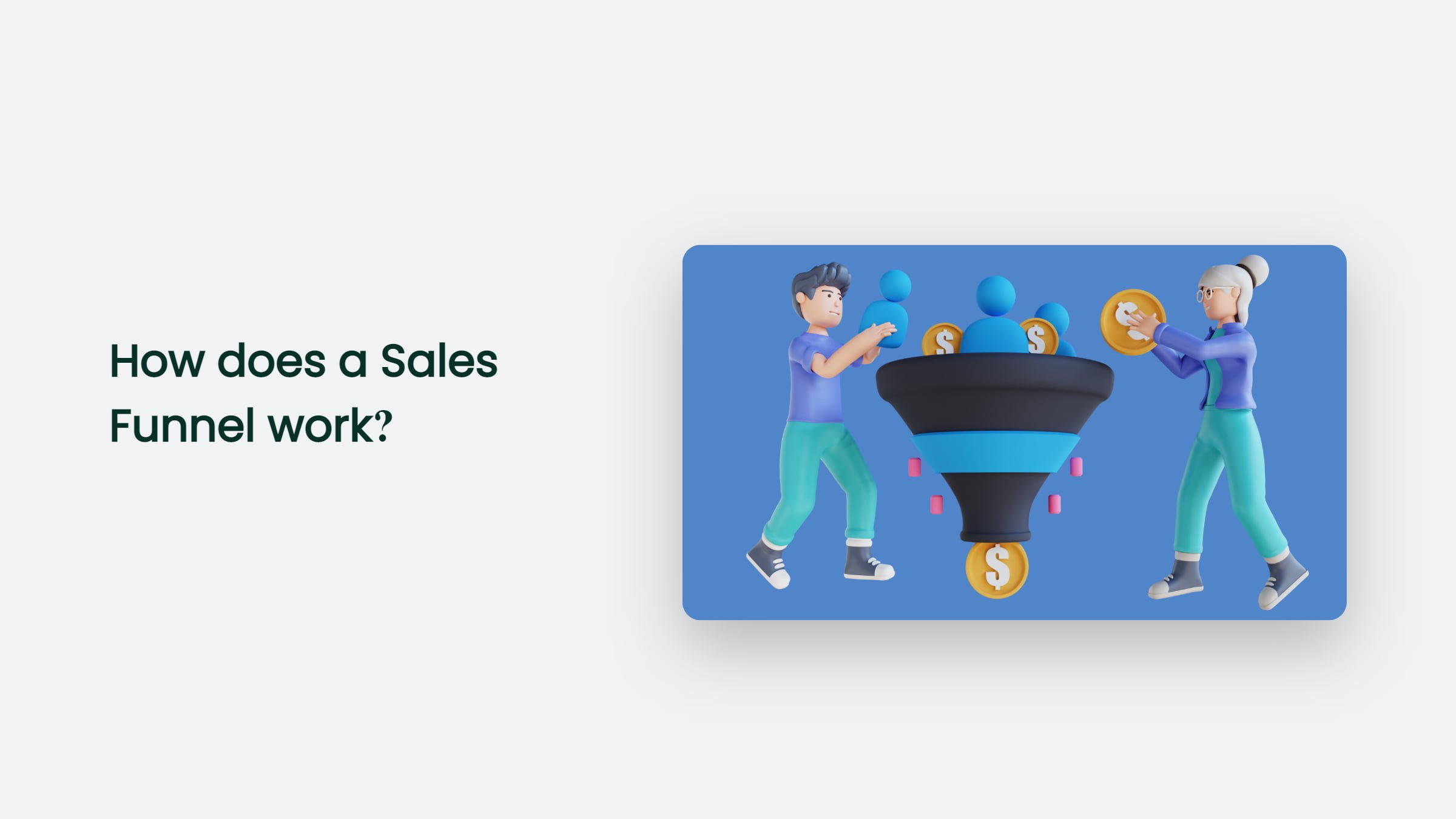A sales funnel a visual representation of the customer journey from the moment they become aware of your product or service to the point of purchase. It’s a crucial element of any business’s marketing and sales strategy and can help you understand and optimize the customer journey to increase conversions and, ultimately, grow your business.

The sales funnel divided into four main stages: awareness, consideration, decision, and action.
Let’s take a closer look at each stage:
Awareness:
This is the first stage of the sales funnel, and it’s all about getting your product or service in front of potential customers. It can be done through various marketing tactics such as social media ads, email marketing, content marketing, and search engine optimization (SEO). The goal at this stage is to attract people to your website or online store and make them aware of your brand.
Consideration:
Once a potential customer is aware of your product or service, they enter the consideration stage of the funnel. At this stage, they evaluate your product or service and consider whether it’s the right fit.
It is where you want to provide as much information as possible about your product or service, including features, benefits, and pricing. You can use case studies, product demos, and customer reviews to help potential customers understand the value of your offering.
Decision:
After considering your product or service, potential customers will enter the decision stage of the funnel. It is where they decide whether or not to make a purchase.
At this stage, it’s important to remove any barriers to purchase and make it as easy as possible for potential customers to decide. It can include offering a money-back guarantee, multiple payment options, or a limited-time discount.
Action:
If a potential customer has decided to make a purchase, they enter the action stage of the funnel. It is where they complete the purchase and become a paying customer.
It’s important to note that not all potential customers will make it through every stage of the sales funnel. Some may drop out at the awareness stage, while others may cause it to the action stage but ultimately decide not to make a purchase.
That’s why it’s important to continuously optimize and analyze your sales funnel to identify areas for improvement and increase conversions.
The Bottom Line:
In conclusion, a sales funnel a powerful tool that helps businesses understand and optimize the customer journey from awareness to purchase. By focusing on each stage of the funnel, businesses can increase conversions and grow their business.




